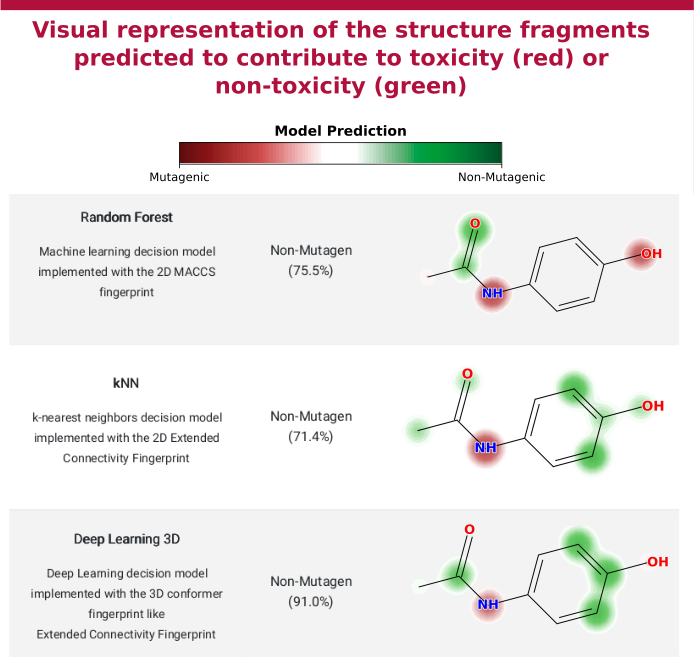QSAR Studies, new tools and more.
Please contact us for support.
Contact us to request trials or free quote.
Take a look in our activities, events and news.
Artificial intelligence and advanced machine learning algorithms are used for toxicity assessment with structure-toxicity relationship (STR) probability mapping.

The applicability domain (AD) is defined by the chemical structure space and the toxicological response encoded by the developed model to make new predictions with a given reliability (a defined domain of applicability, OECD Principle 3). Our visual AD inspection is used to establish the scope and limitations of the models. Basically, new chemicals must be reasonably similar to training set compounds or a prediction cannot be accepted.
Results Based on the Most Predictive Models Aligned with the (Q)SAR Validation for Regulatory Purposes


Copyright © 2016 / 2025 - Altox Lab - Todos os Direitos Reservados